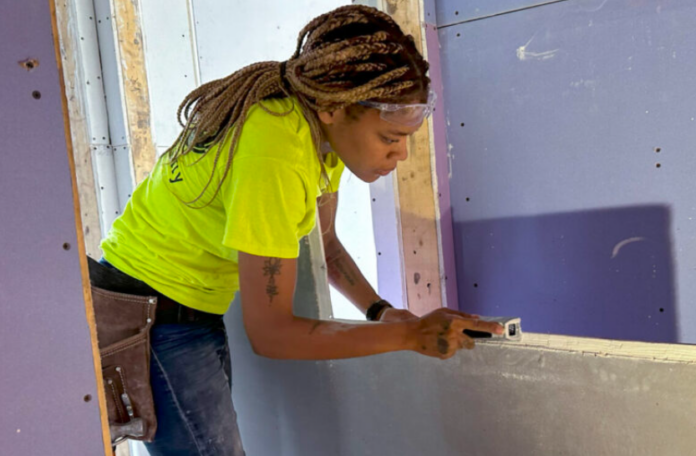
By Tim Henderson
For Indiana Capital Chronicle
After fears of a “she-cession” during the pandemic, women have returned to the workforce at unprecedented rates.
Much of the gain reflects a boom in jobs traditionally held by women, including nursing and teaching. Many good-paying jobs in fields such as construction and tech management are still dominated by men, a continuing challenge for states trying to even the playing field for women workers.
In June, the national share of employed women ages 25-54, considered prime working age, hit 75.3%, the highest recorded since the U.S. Census Bureau’s Current Population Survey started reporting the numbers in 1948. The share of women 25-54 working or looking for work also hit a new high of 77.8% in June, the third straight month it beat the previous record of 77.3% from 2000.
“It’s good news that women are finding jobs in this economy at a greater rate than they were previously,” said Elise Gould, a senior economist at the left-leaning think tank Economic Policy Institute. She noted that brisk hiring in health care and government has helped more women find jobs.
But there is still a gap between rates of men and women in the workforce overall in every state except Vermont. As of March 2022, the latest figures available, the largest gap is 18 percentage points in Arizona, where 89.6% of prime-age men have jobs compared with 71.4% of women. The smallest is in Maine, where 77.8% of men in that age range have jobs compared with 77.3% of women.
Mothers of small children lost work at three times the rate of fathers early in the pandemic as they struggled to supervise remote learning sessions. Even when schools and day cares reopened in person, they often closed down unexpectedly during outbreaks, drawing out employment woes for many working women with children. Combined with early pandemic job losses in tourism and hospitality, fields where many women hold jobs, women’s employment dipped as low as 63.4% in April 2020, the lowest since 1984.
For some women, getting back to the workforce after the pandemic slump in women’s employment is a relief, and in some cases hybrid work has created the flexibility they need to return to jobs.
“It really means a lot because apart from the feeling that you’re contributing to your family, which is so important in today’s world, there’s just more fulfillment as a person,” said Deepika Gosain of Fremont, California. She started work in April as a learning and development specialist at a surgical company, finding that hybrid work helped her return to the workforce after taking several years off to care for two small children.
Health care and education represented the biggest gains for women in the past year, between June 2022 and June 2023, comprising about 778,000 of the 2 million jobs added for women, according to a Stateline analysis. Government and hospitality jobs added another 727,000 jobs for women.
Jobs in construction and tech management remain stubbornly male-dominated, however. Men are 96.5% of carpenters and nearly 74% of computer system managers, for example.
* * *
This article appeared originally on Stateline.com.
Tim Henderson covers demographics for Stateline. He has been a reporter at the Miami Herald, the Cincinnati Enquirer and the Journal News.
The Indiana Capital Chronicle is an independent, nonprofit news organization dedicated to giving Hoosiers a comprehensive look inside state government, policy and elections. The site combines daily coverage with in-depth scrutiny, political awareness and insightful commentary.
You can read the original version of the story here.




